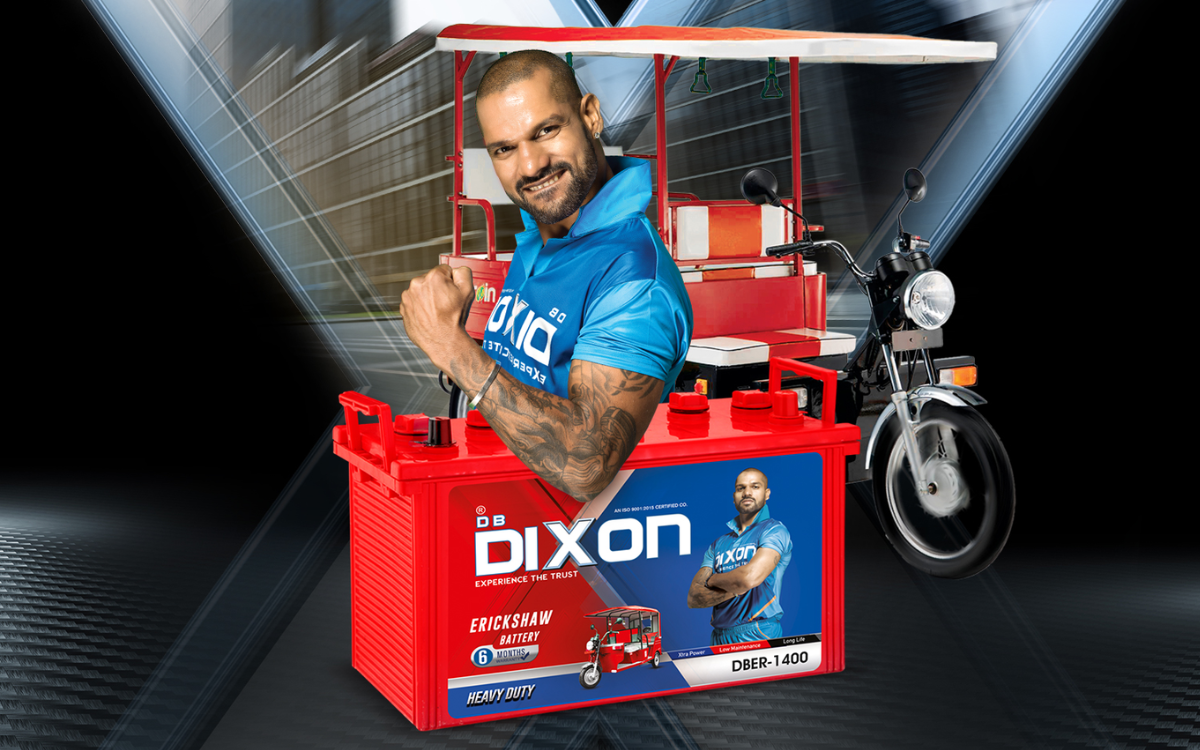As the demand for eco-friendly transportation continues to rise, the use of E-Rickshaws has gained significant popularity in India. These vehicles provide a sustainable and cost-effective mode of transportation, especially in bustling cities like Hyderabad. However, to ensure the longevity and optimal performance of E-Rickshaws, it is crucial to maintain their batteries effectively.
In this blog, by DB Dixon, a leading e-rickshaw battery manufacturer in Hyderabad, India, we will discuss some of the Do’s & Don’ts for maintaining E-Rickshaw batteries. So, let’s start with some DO’s:
DO’s
1. Regularly Monitor Battery Voltage Levels
Regular monitoring of battery voltage levels is essential for E-Rickshaw owners and operators. Maintaining proper voltage ensures that the batteries are functioning optimally and will help avoid unexpected breakdowns. Keep track of the voltage using a reliable battery voltmeter and ensure that the readings are within the recommended range provided by the battery manufacturer.
2. Follow the Manufacturer’s Charging Guidelines
Every E-Rickshaw battery has specific charging guidelines provided by the manufacturer. It is crucial to follow these guidelines to ensure optimal battery performance and longevity. The manufacturer’s instructions may include recommendations on charging voltage, current and duration. Adhering to these guidelines will prevent damage to the battery and ensure it remains in good condition.
3. Perform Regular Maintenance and Inspections
Regular maintenance and inspections are crucial to identify potential issues early and prevent costly repairs or replacements. Inspect the battery for any signs of damage, corrosion or loose connections. Additionally, ensure that the battery terminals are clean and free from corrosion. Regularly cleaning the battery terminals will ensure a good electrical connection and enhance the battery’s overall performance.
Now, here are some Don’ts while maintaining an e rickshaw battery:
1. Overcharge or Deep Discharge the Batteries
Overcharging or deep discharging the batteries can have detrimental effects on their overall lifespan. It is crucial to avoid these extremes and maintain a healthy charging routine. Overcharging can lead to excessive heat generation, electrolyte loss and premature capacity loss. Similarly, deep discharging can cause irreversible damage to the batteries. Use a reliable charger that automatically stops charging once the battery reaches its recommended voltage range to prevent overcharging. Moreover, avoid discharging the battery beyond its recommended depth of discharge.
2. Expose Batteries to Extreme Temperatures
Batteries used in E-Rickshaws are sensitive to extreme temperatures. It is important to protect the batteries from prolonged exposure to extreme heat or cold. High temperatures can lead to accelerated self-discharge and reduced battery life. Similarly, extreme cold temperatures can cause a decrease in battery performance and capacity. Whenever possible, park E-Rickshaws in shaded areas to shield them from direct sunlight and extreme weather conditions.
3. Neglect Safety Precautions
Safety should always be a top priority when dealing with E-Rickshaw batteries. When inspecting or performing maintenance on the batteries, wear appropriate protective gear such as gloves and safety goggles. Batteries contain corrosive chemicals that can be harmful if mishandled. If you are unsure about any aspect of battery maintenance, seek professional assistance to avoid accidents or injuries.
In conclusion, above mentioned are some essential do’s and don’ts for maintaining e-rickshaw batteries. Following them can help you maintain your battery properly and ensure its optimal performance and longevity.
Follow Us:
